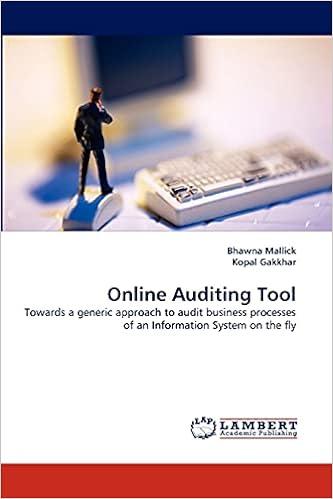PROBLEM THREE Wilson Beverages bottles two soft drinks under license to Cadbury Schweppes at its Manchester plant. All inventory is in direct materials and finished
PROBLEM THREE
Wilson Beverages bottles two soft drinks under license to Cadbury Schweppes at its Manchester plant. All inventory is in direct materials and finished goods at the end of each working day. There is no work-in-process inventory.
The two soft drinks bottled by Wilson Beverages are lemonade and diet lemonade. The syrup for both soft drinks is purchased from Cadbury Schweppes.
Wilson Beverages uses a lot size of 1,000 cases as the unit of analysis in its budgeting. (Each case contains 24 bottles.) Direct materials are expressed in terms of lots, in which one lot of direct materials is the input necessary to yield one lot (1,000 cases) of beverage. The following purchase prices are forecast for direct materials in 2005:
| Lemonade | Diet Lemonade |
Syrup | $1,200 per lot | $1,100 per lot |
Containers (bottles, caps, etc.) | $1,000 per lot | $1,000 per lot |
Packaging | $ 800 per lot | $ 800 per lot |
All direct material purchases are on account.
?The two soft drinks are bottled using the same equipment. The only difference in the bottling process for the two soft drinks is the syrup.
?Summary data used in developing budgets for 2005 are
All sales are on account.
?Fixed manufacturing overhead is forecast to be $1,200,000 for 2005. Included in the fixed manufacturing overhead forecast is $400,000 for depreciation. All manufacturing overhead costs are paid as incurred.
???Accounts receivable (from sales)??$550,000
???Accounts payable (for direct materials)?? 300,000
???Cash????? 100,000
???Accounts payable (for direct materials)?? 400,000
12.?Budgeted equipment purchase in May???? $1,350,000
13.?Estimated income tax expense for 2005???? $ 625,000
REQUIRED: Assume Wilson Beverages uses the first-in, first-out method for costing all inventories. On the basis of the preceding data, prepare the following budgets for 2005:
Step by Step Solution
There are 3 Steps involved in it
Step: 1

See step-by-step solutions with expert insights and AI powered tools for academic success
Step: 2

Step: 3

Ace Your Homework with AI
Get the answers you need in no time with our AI-driven, step-by-step assistance
Get Started


